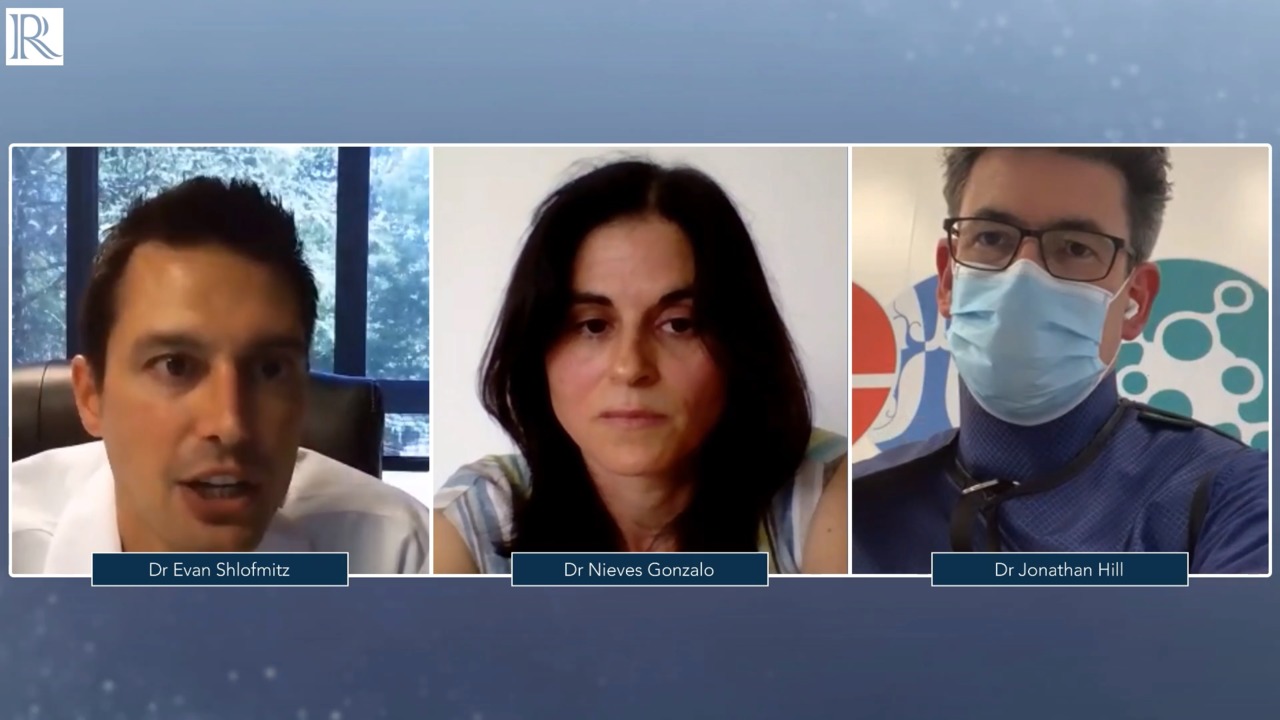Optimising the Use of Contemporary Invasive Imaging for PCI
Published: 06 July 2021
-
Views:
 29054
29054
-
Likes:
 7
7
-
Views:
 29054
29054
-
Likes:
 7
7
-
 11m 45s
11m 45s -
 7m 34sPart 3 | Session 2 'OCI in angiographic ambiguity' Presentation
7m 34sPart 3 | Session 2 'OCI in angiographic ambiguity' Presentation -
 7m 34sPart 3 | Session 3 'OCI in Bifurcations and Stent Failure' Presentation
7m 34sPart 3 | Session 3 'OCI in Bifurcations and Stent Failure' Presentation -
 10m 13sPart 3 | Session 4 Case study from Dr Matthias Lutz
10m 13sPart 3 | Session 4 Case study from Dr Matthias Lutz -
 8m 48sPart 3 | Session 5 Case Study from Claudia Cosgrove
8m 48sPart 3 | Session 5 Case Study from Claudia Cosgrove -
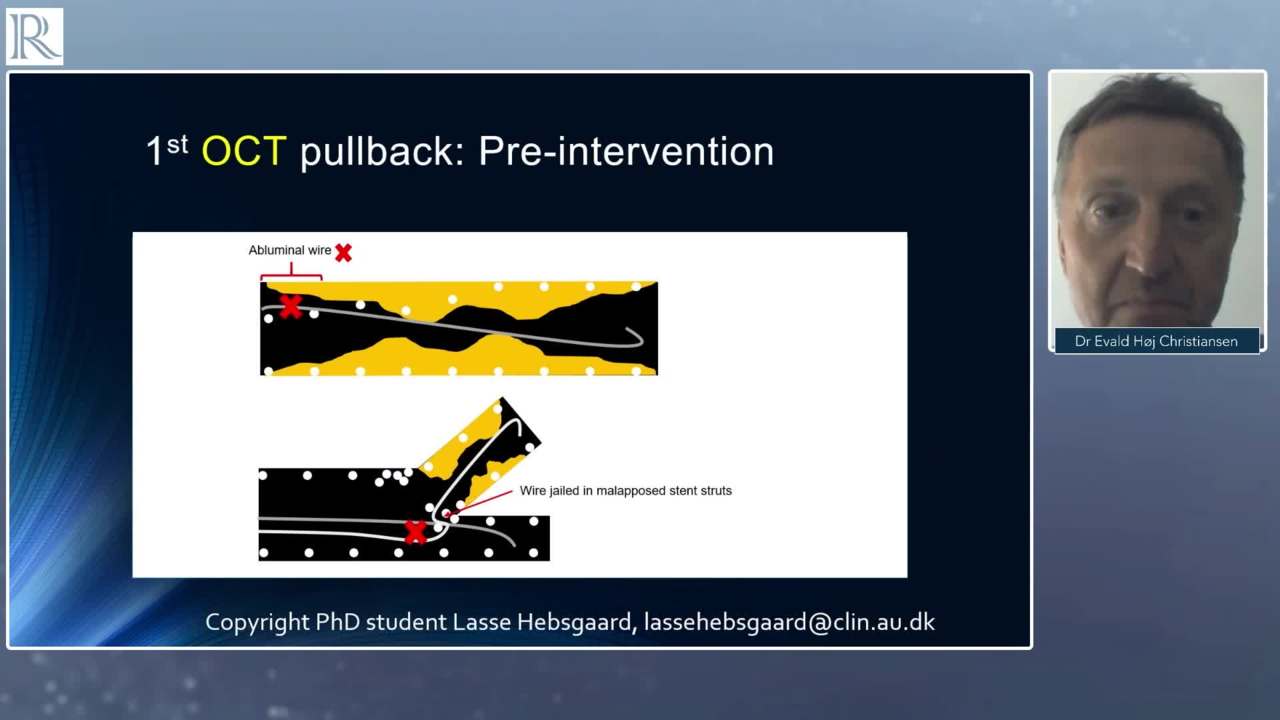 5m 48sPart 3 | Session 6 Case Study from Evald Høj Christiansen
5m 48sPart 3 | Session 6 Case Study from Evald Høj Christiansen -
 20m 7sPart 3 | Session 7 Faculty Discussion
20m 7sPart 3 | Session 7 Faculty Discussion
-
 9m 41sPart 4 | Session 1 Introduction and 'Light Lab Data' Presentation
9m 41sPart 4 | Session 1 Introduction and 'Light Lab Data' Presentation -
 7m 56sPart 4 | Session 2 'MLD' Presentation
7m 56sPart 4 | Session 2 'MLD' Presentation -
 10m 2sPart 4 | Session 3 'Post PCI Optimization the MAX in MLDMAX' Presentation
10m 2sPart 4 | Session 3 'Post PCI Optimization the MAX in MLDMAX' Presentation -
 12m 7sPart 4 | Session 4 Case Study - Long Lipidic Plaque
12m 7sPart 4 | Session 4 Case Study - Long Lipidic Plaque -
 8m 1sPart 4 | Session 5 Case Study - Calcified Plaque
8m 1sPart 4 | Session 5 Case Study - Calcified Plaque -
 9m 44sPart 4 | Session 6 Case Study - Bifurcation
9m 44sPart 4 | Session 6 Case Study - Bifurcation -
 20m 26sPart 4 | Session 7 Faculty Discussion
20m 26sPart 4 | Session 7 Faculty Discussion
-
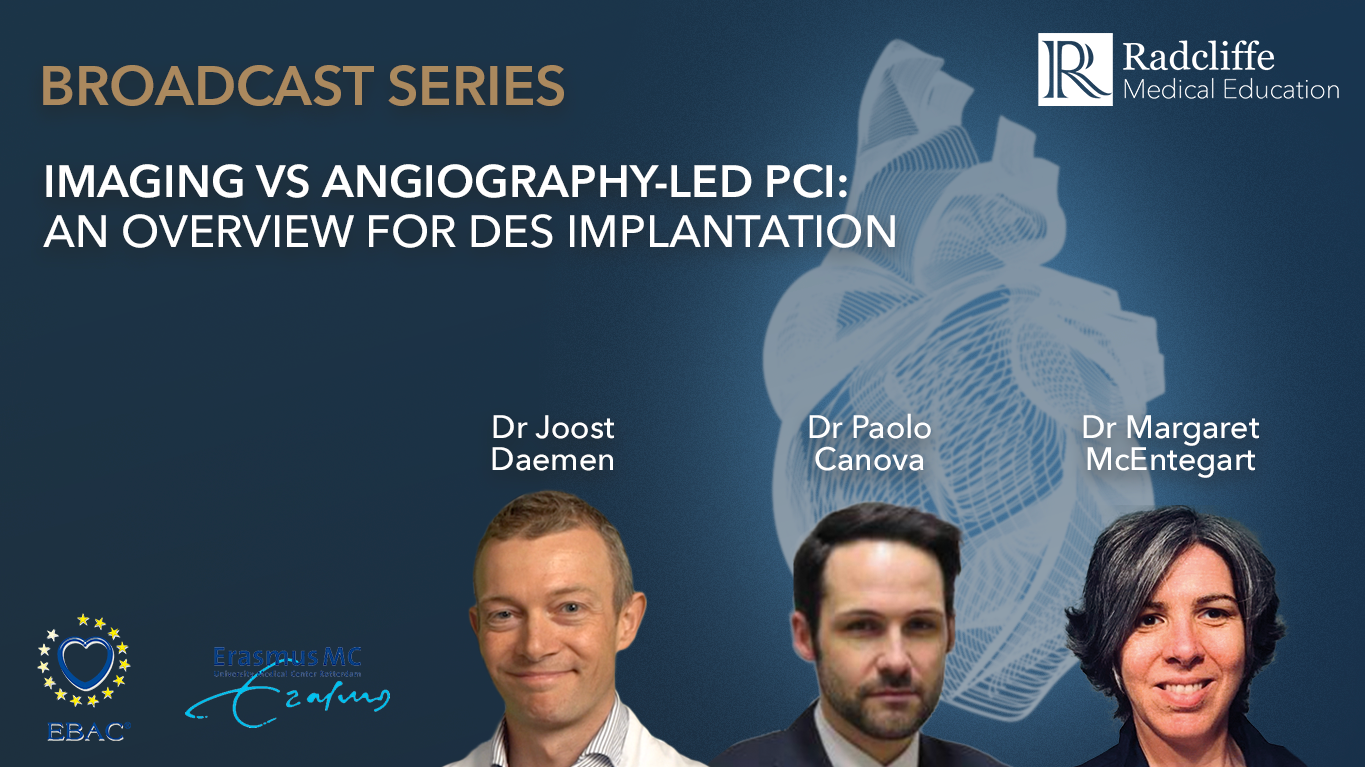 18m 47sPart 1 | Session 1 Welcome and The Science Behind the Pictures Joost Daemen, Margaret McEntegart, Paolo Canova
18m 47sPart 1 | Session 1 Welcome and The Science Behind the Pictures Joost Daemen, Margaret McEntegart, Paolo Canova
-
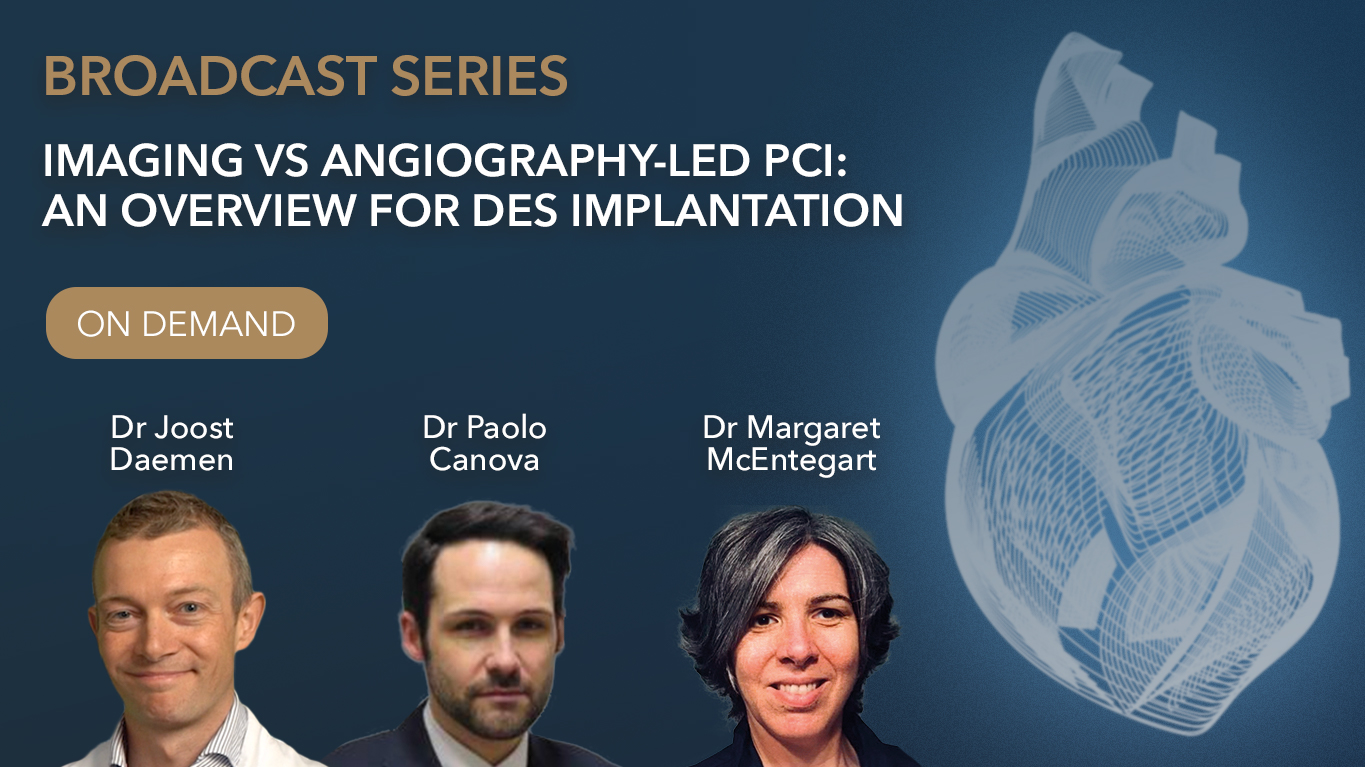 20mPart 1 | Session 2 How Intravascular Imaging will Change your PCI Strategy Joost Daemen, Margaret McEntegart, Joost Daemen
20mPart 1 | Session 2 How Intravascular Imaging will Change your PCI Strategy Joost Daemen, Margaret McEntegart, Joost Daemen
-
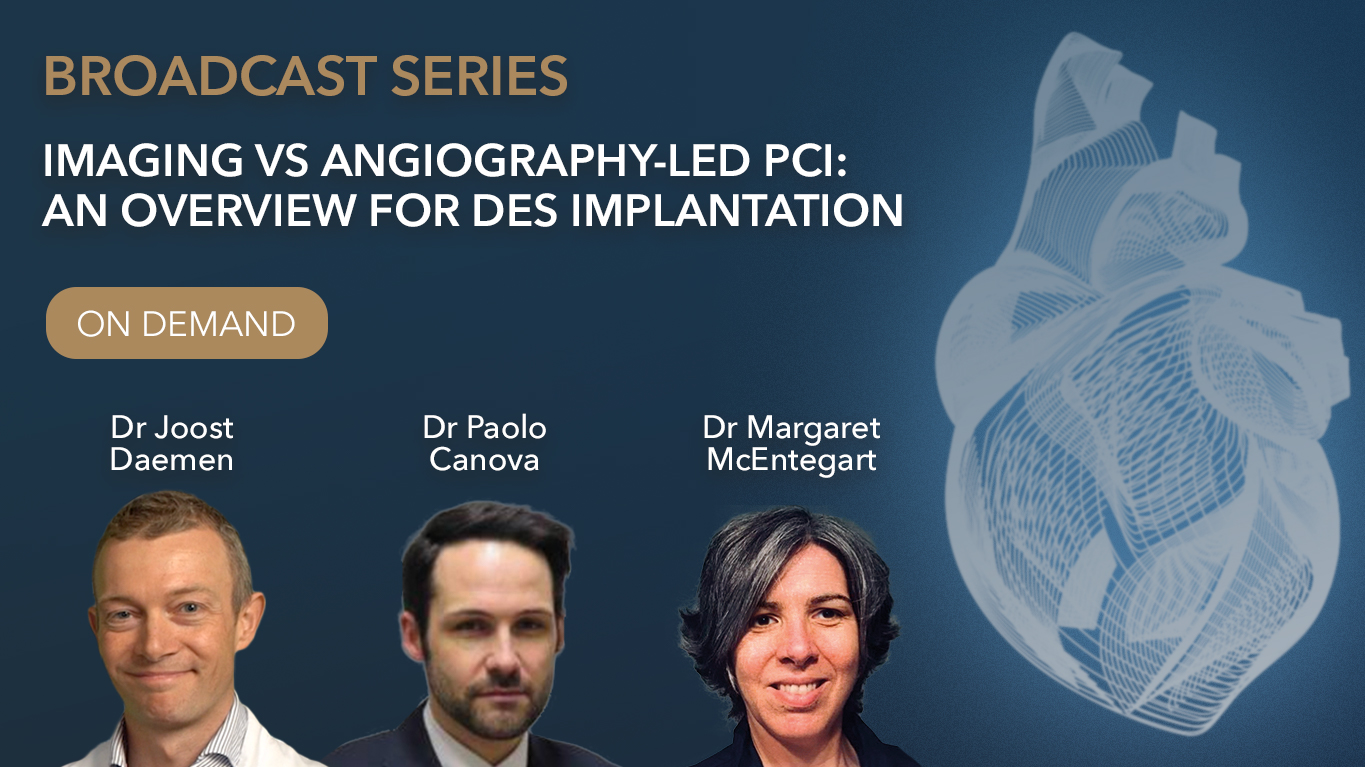 14m 58sPart 1 | Session 3 Post PCI Optimization Joost Daemen, Margaret McEntegart, Paolo Canova
14m 58sPart 1 | Session 3 Post PCI Optimization Joost Daemen, Margaret McEntegart, Paolo Canova
-
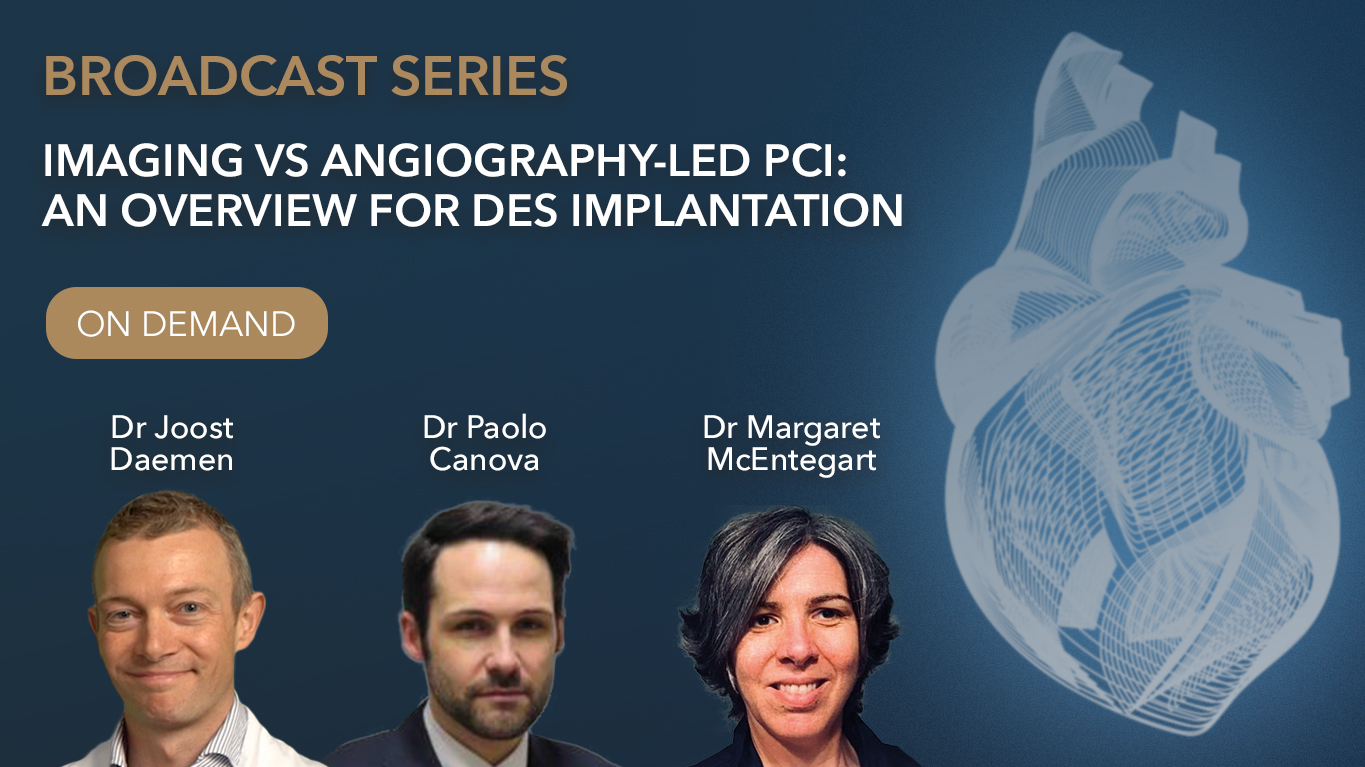 22m 52sPart 1 | Session 4 Faculty Discussion Joost Daemen, Paolo Canova
22m 52sPart 1 | Session 4 Faculty Discussion Joost Daemen, Paolo Canova
-
 15m 56sPart 2 | Session 1 Plenary and 'Use of Imaging Pre-Stent for Procedural Planning’ Presentation Evan Shlofmitz, Nieves Gonzalo, Jonathan Hill
15m 56sPart 2 | Session 1 Plenary and 'Use of Imaging Pre-Stent for Procedural Planning’ Presentation Evan Shlofmitz, Nieves Gonzalo, Jonathan Hill
-
 7m 44sPart 2 | Session 2 Deep Dive into Calcification and Plaque Modification’ Presentation Jonathan Hill
7m 44sPart 2 | Session 2 Deep Dive into Calcification and Plaque Modification’ Presentation Jonathan Hill
-
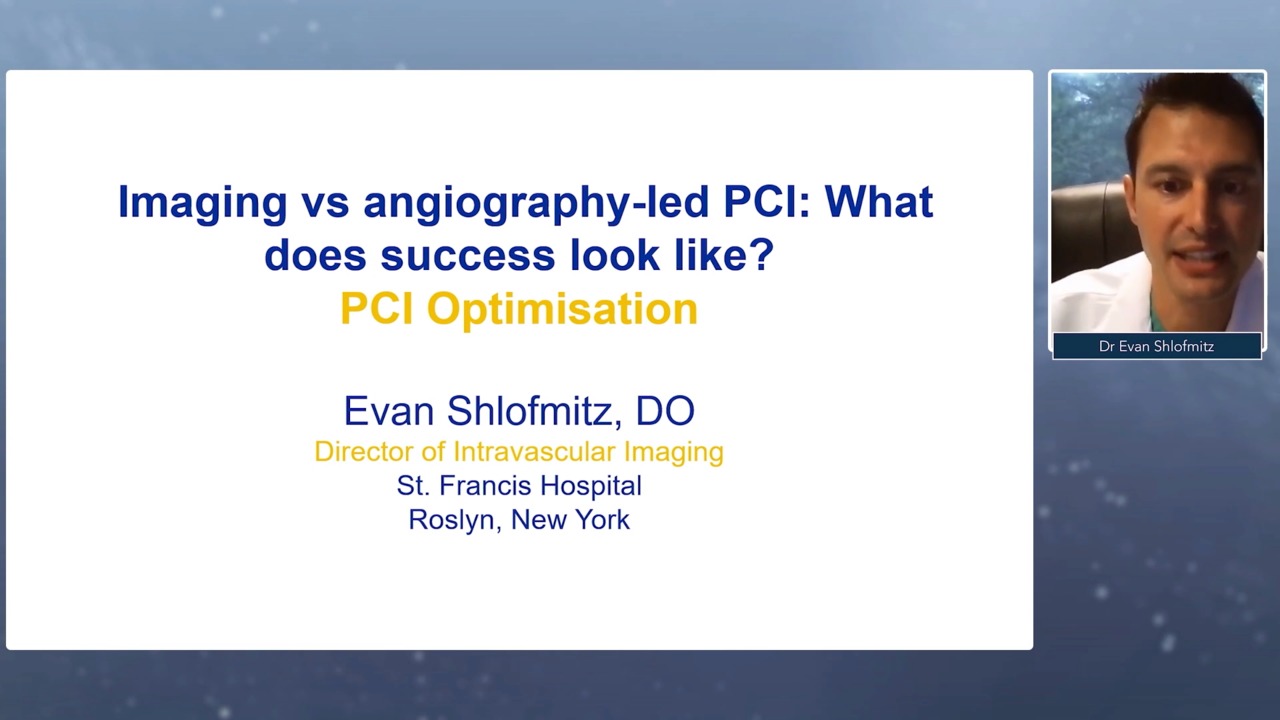 8m 29sPart 2 | Session 3 Proceed with ‘PCI Optimisation’ Presentation Evan Shlofmitz
8m 29sPart 2 | Session 3 Proceed with ‘PCI Optimisation’ Presentation Evan Shlofmitz
-
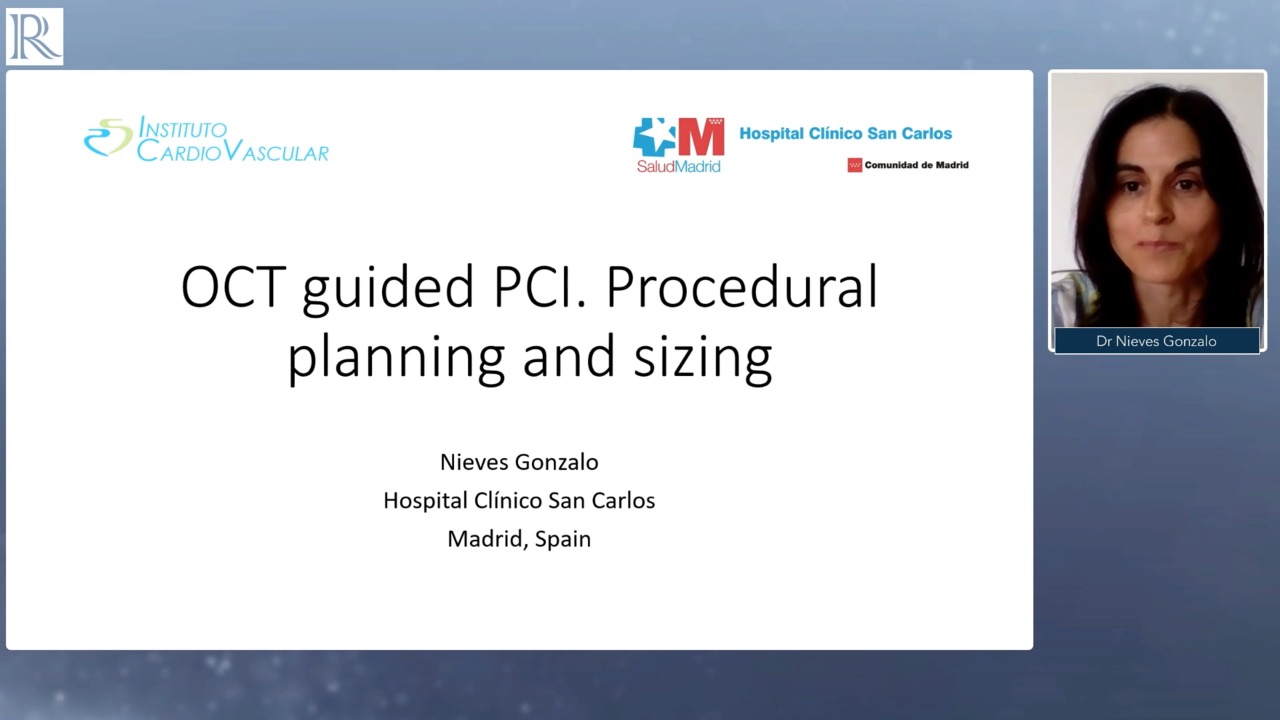 13m 43sPart 2 | Session 4 'Use of Imaging Pre-Stent for Procedural Planning’ - Case Study Nieves Gonzalo
13m 43sPart 2 | Session 4 'Use of Imaging Pre-Stent for Procedural Planning’ - Case Study Nieves Gonzalo
-
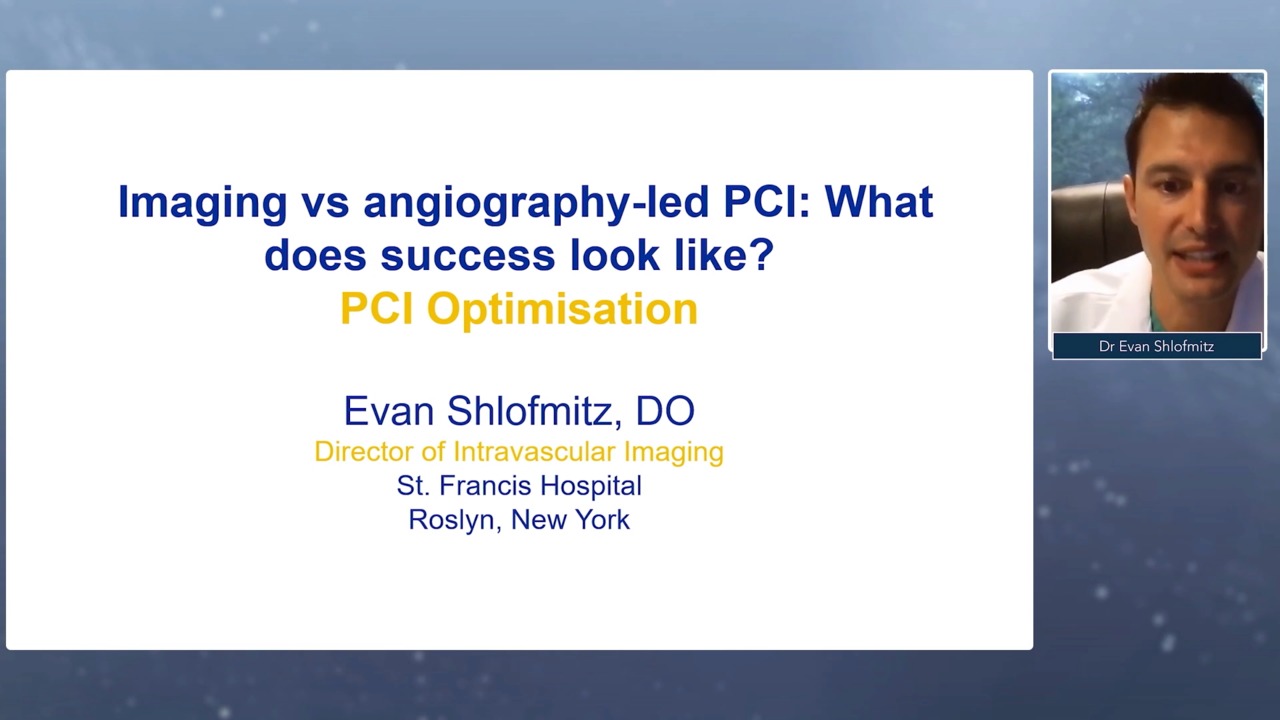 10m 39sPart 2 | Session 5 Proceed with ‘PCI Optimisation’ - Case Study Evan Shlofmitz
10m 39sPart 2 | Session 5 Proceed with ‘PCI Optimisation’ - Case Study Evan Shlofmitz
Overview
Contemporary invasive imaging techniques improve the detection of coronary details and have great potential for improving clinical outcomes, due the lower risk of in-stent restenosis and thrombosis. This webinar series provides an overview of the current use of intravascular ultrasound (IVUS) and optical coherence tomography (OCT), the relative advantages of each technique and real-world insight from imaging experts.
This programme has been designed to offer education on proper image acquisition, interpretation, and correct decision-making to optimise the use of contemporary imaging.
Note, this on-demand version is not CME accredited.
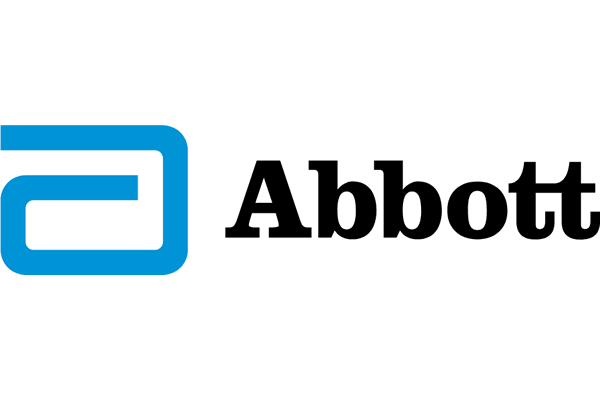
Learning Objectives
- Incorporate contemporary imaging for PCI in appropriate patients
- Differentiate between modern imaging techniques based on clinical data
- Recall best practices for image acquisition, interpretation and decision-making
- Interpret image data and make clinical decisions generated from existing case study data
Target Audience
- Interventional cardiologists
- Physicians within the peripheral intervention space
- Imaging specialists
More from this programme
Part 1
Imaging vs angiography-led PCI: An overview for DES implantation
Part 2
Imaging vs angiography-led PCI: What does success look like?
Part 3
Intracoronary imaging for PCI: A practical approach to OCT
Part 4
Imaging-based Procedure-planning with OCT: Application to Clinical Practice
Faculty Biographies
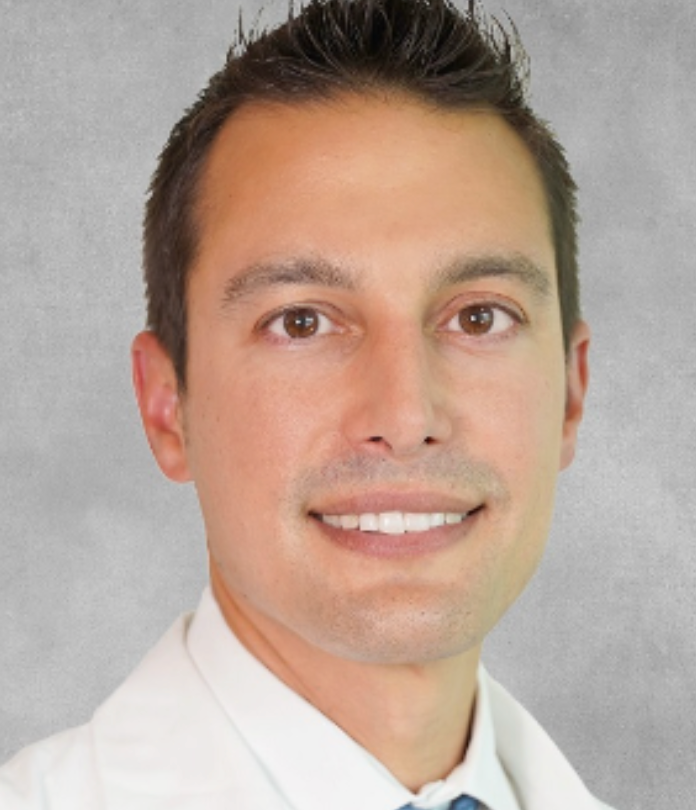
Evan Shlofmitz
Interventional Cardiologist
Dr Evan Shlofmitz is an Interventional Cardiologist at St. Francis Hospital & Heart Center, New York, US. He is also Executive Director of Optimizing PCI (OPCI).
His research interests include intravascular imaging and physiology, calcified coronary artery disease and PCI optimisation, with over 140 publications in peer-reviewed journals.

Nieves Gonzalo
Consultant Interventional Cardiologist
Dr Nieves Gonzalo is Consultant Interventional Cardiologist at the Interventional Cardiology Department at Clinico San Carlos University Hospital in Madrid.
She obtained her Specialist Certification in Cardiology after training at Clinico San Carlos University Hospital in Madrid. Subsequently, she underwent a research fellowship at Thoraxcenter, Erasmus University Rotterdam (The Netherlands) under the supervision of Professor Patrick Serruys, focused mainly in intracoronary imaging and bioabsorbable stents.
In 2010 she obtained her PhD with the thesis “Optical coherence tomography for the assessment of coronary atherosclerosis and vessel response after stent implantation".

Jonathan Hill
Dr Jonathan Hill qualified from Edinburgh University Medical School in 1992 following pre-clinical training at Cambridge University. He trained in cardiology at The London Chest and St Bartholomew's Hospitals.
In 1999 he was awarded the first National Heart, Lung and Blood Institute Bench to Bedside award and trained in basic science and interventional research within the Cardiovascular Branch of the National Institutes of Health in Bethesda. He completed his interventional cardiology training at the London Chest Hospital.
In 2005 he was appointed as Clinical Senior Lecturer and Consultant Cardiologist at King's College London.






